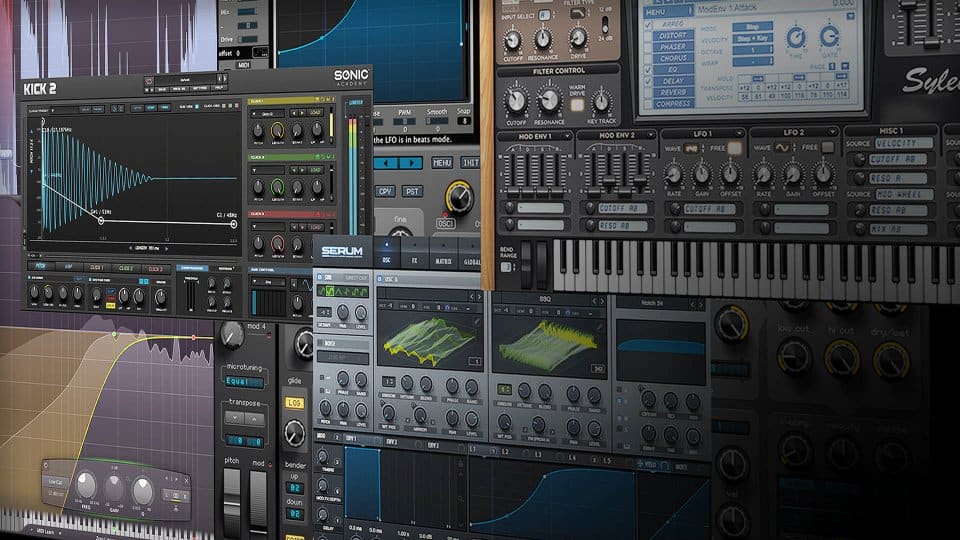Welcome to the exciting world of vocal effects! For emerging producers, mastering essential vocal effects is vital to make your vocals shine. Don’t let intimidation hold you back from perfecting your vocal production skills.
In this LANDR vocal effects rundown, we’ll guide you through the basics of shaping, shifting, and clarifying your vocals with various effects.
Get ready to bring your vocals to life and make them count! Let’s dive in and explore the magic of vocal effects.
What are vocal effects?
Let’s dive into the basics. Vocal effects encompass anything that enhances, shapes, or manipulates the vocal signal in an audio production.
They ensure a pleasing and polished vocal sound that integrates seamlessly with the mix. While bulky hardware units still exist, modern producers mostly rely on vocal effects plugins in their DAW for convenience and affordability. Get ready to explore the world of vocal effects!
These can be stock tools included in your recording software or separate plugins developed by third-party providers. Vocal effects serve various purposes, from fine-tuning frequency balance and dynamics to adding ambience, unique special effects, or even transforming your voice entirely. Embrace the possibilities and unleash the creativity of vocal effects in your productions!
How to use vocal effects
When it comes to using vocal effects, there’s no one-size-fits-all approach. Vocal production is a creative endeavor, so it’s best to follow your musical intuition. However, if you’re seeking a basic workflow, here’s a breakdown. Vocal effects can be applied in two ways to your vocal tracks.
The first approach involves practically adding the effect by manipulating the audio signal before it reaches a recording device, such as using a pedal, rack effect, or hardware device. This method is commonly used in live performances, as applying effects during recording means the dry vocal signal cannot be processed separately afterward.
The typical approach for using vocal effects involves adding them post-recording using plugins. This can be done by inserting effects in sequence or utilizing aux sends and returns to blend the affected sound with the dry signal.
Once your plugins are configured, the possibilities for utilizing vocal processors are endless! Here are a few ideas to spark your creativity when it comes to vocal effects:
- Enhance brightness and shine with EQ
- Establish an ambient atmosphere with delay and reverb
- Achieve a vintage telephone effect with aggressive filtering
- Craft an overdriven, lo-fi sound using saturation.
Vocal effect types
Let’s explore the various types of vocal effects, each playing a unique role in the production workflow.
While vocal treatment often involves using EQ and compression, which are essential mixing tools, I won’t delve into them extensively here, as they serve a broader purpose. If you’re new to these processes, check out our beginner’s guides for a comprehensive overview of mixing techniques.


